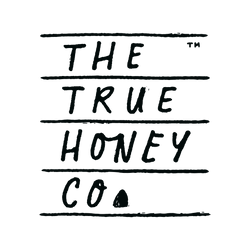
6 ways to avoid buying ‘fake’ Mānuka honey
‘This article originally appeared in Good Magazine.
Mānuka honey gets plenty of attention in the media, and scientific studies have proven its potent antibacterial and healing qualities. Honey lovers swear by its ability to treat wounds and ailments from cold sores to digestive imbalance and acne. This all makes the sticky stuff highly sought after, while the high prices that top notch Mānuka honey can fetch leaves the industry open to some unscrupulous players.
To be clear though, by fake, we don’t necessarily mean there’s no Mānuka honey in the jar at all. Rather, the checklist below is designed to help you avoid misleading information, shady practices, and spending far more than you should on a product of low quality or potency.
Here are six things to look out for, to make sure your Mānuka honey is what it says on the jar.
- It’s from New Zealand
Look for honey that has been harvested, packed, and labelled in New Zealand. This will be written on the jar. In 2017, the UK trademark registry gave the New Zealand Manuka Honey Appellation Society a certification mark for the term ‘Mānuka honey’. This gives UK consumers a guarantee that products from New Zealand will have certain properties, while products from Australia won’t carry this guarantee.
- It’s traceable
The ultimate is being able to track the entire supply chain from the hive to your home. This means a honey producer that owns its own hives, uses its own beekeepers bottles the honey in its own facilities, and sells under its own brand. For example, The True Honey Co. manages every stage, as its says ‘from bee to you’. This makes the source, the process, and the cost much more transparent for consumers and means companies that have full control over their supply chains can stand behind every jar.
- It really rates
Some brands have created their own grading systems to convey a quality, purity and/or potency. It can be very confusing trying to decipher pseudo-scientific terms about ‘activity’ and various combinations of acronyms and numbers. The MGO and UMF (Unique Manuka Factor) ratings are independent of one brand or another. The MGO rating measures the milligrams per kilogram (mh/kg) of a special, antibacterial sugar molecule called Methylglyoxal that is found in all honeys, but in many times the concentration in Mānuka. Some honey makers use UMF to measure their honey, which is also a very robust testing method.
- It’s independently tested
If possible, look for evidence that the Mānuka honey has been independently tested. In New Zealand, Analytica Laboratories and Hills Laboratories test honey for the MPI export definition, as well as UMF and MGO ratings. If you can’t find this information on the jar or the brand’s website, feel free to ask.
- The price is right
If it’s the real deal it’ll be much more expensive than the supermarket honey you might slather on your toast. Listen to your gut here. Mānuka honey that seems too cheap or is from a source that you don’t know to be reputable, it’s likely not worth buying if you are looking for anything other than taste.
- It gets the MPI tick
This last point applies to overseas consumers, but New Zealand’s Ministry for Primary Industries (MPI) is looking into ways to apply the test to New Zealand honey sold domestically. MPI has ruled that from February 2018, Mānuka honey for export must be tested to measure four chemical markers from nectar and a DNA marker from Mānuka pollen. These markers categorise Mānuka honeys into Monofloral Mānuka honey (honey made by bees foraging on mainly Mānuka flowers) and Multifloral Mānuka honey (made by bees feeding on Mānuka and other flowers). All The True Honey Co. Mānuka honeys – from 300+ MGO to the rare and special 1000+ MGO meet and exceed the definition of Mono Floral Manuka Honey.
In summary, look for honey produced and packed in New Zealand, classified as 'Mānuka' as that will be certified as ‘Monofloral’ rather than 'Multifloral'. Also if you’re overseas, keep in mind that there will be a long transition period, as companies with unsold honey in countries that was exported before February 2018 may not comply with MPI's new testing.

